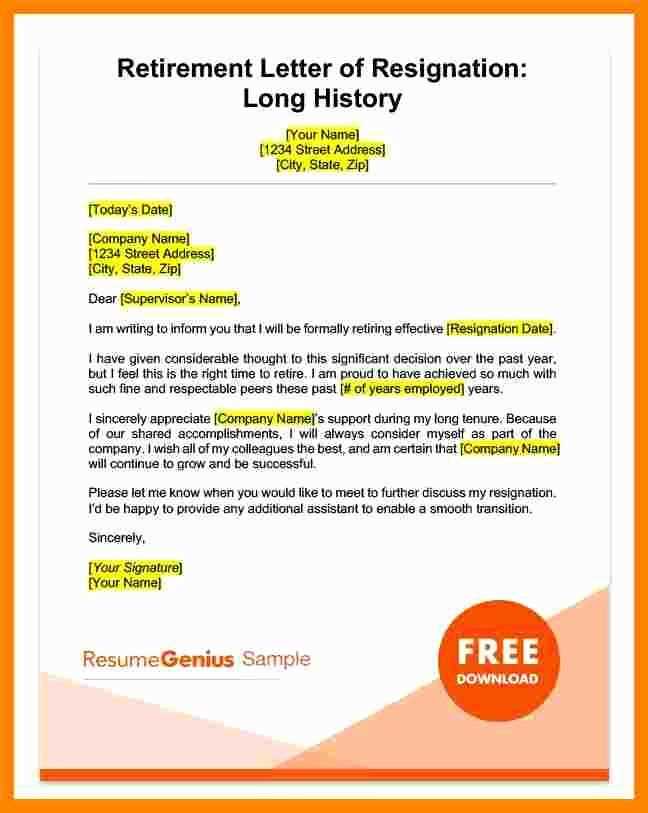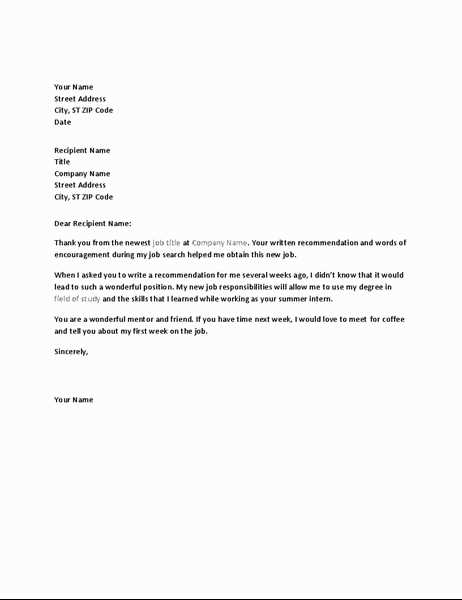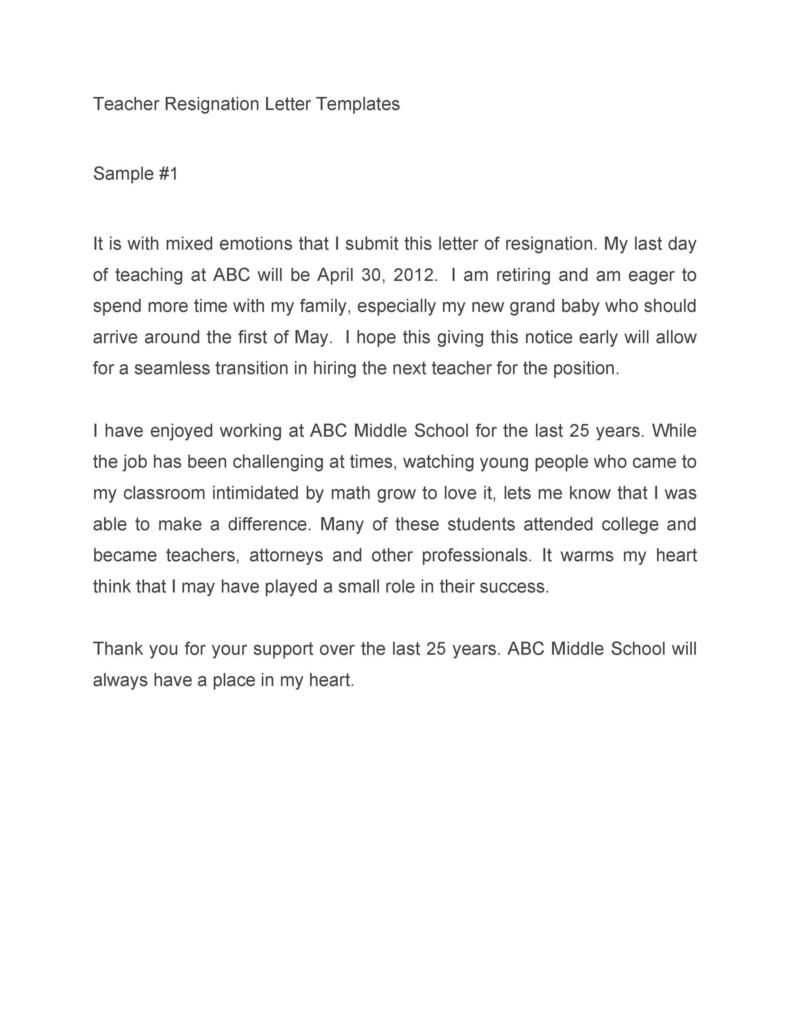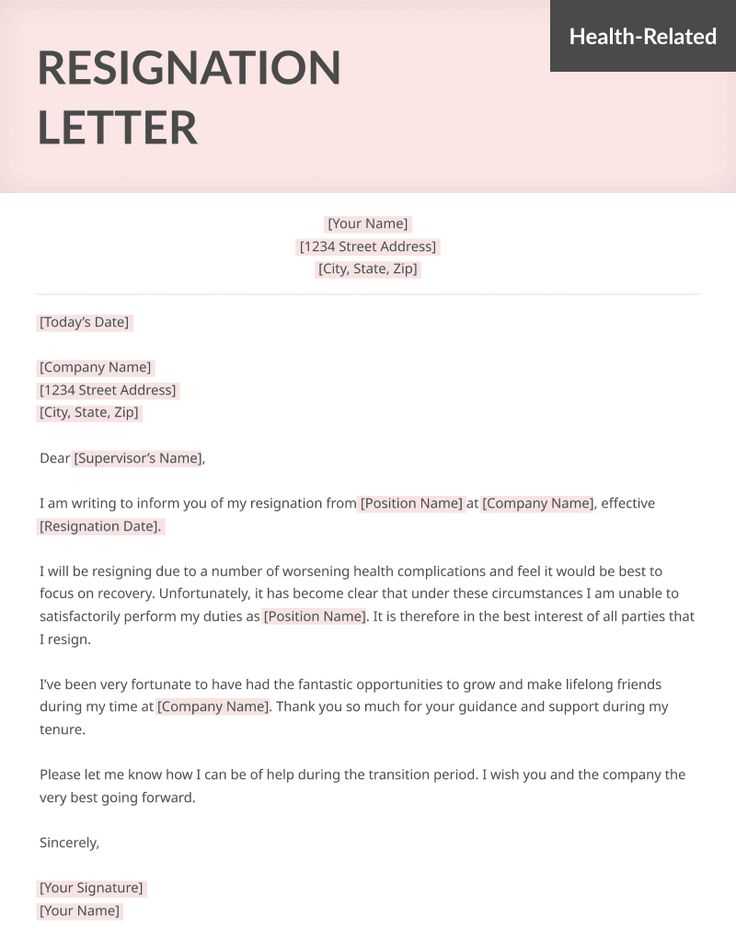Resignation Letter Retirement Template for a Smooth Transition

When it’s time to step away from your professional role, creating a formal notice is an essential part of the transition process. A well-written document ensures clarity, professionalism, and leaves a positive impression. Whether you’re leaving due to personal reasons, career changes, or retirement, presenting your decision in writing can make all the difference in how you are remembered by your colleagues and employer.
Key Components of a Properly Drafted Exit Notice
Crafting a proper message to announce your departure involves several key elements. These components help ensure that your communication is clear, respectful, and appreciated.
- Clear Intent: Make sure to state your intention to leave the company without ambiguity.
- Professional Tone: Keep the tone respectful and appreciative of your time at the company.
- Reason for Leaving: Briefly mention the reason for your departure, if you’re comfortable sharing it.
- Transition Assistance: Offer to help with the transition, if applicable.
- Express Gratitude: Always thank your employer for the opportunity and experiences you’ve gained.
Crafting the Message
Your written communication should begin with a simple declaration of your decision. This is the most straightforward section where you communicate the date of your final working day.
Next, provide a brief reason for your departure, whether personal, professional, or due to reaching a milestone. It’s crucial to keep the explanation concise and neutral, especially if the reason is personal or sensitive.
Finishing the Communication

End on a positive note by expressing gratitude for the time spent within the company and mentioning any future plans for maintaining connections, if appropriate. Offering your assistance during the handover process adds an extra layer of professionalism to your message.
Common Mistakes to Avoid

Even with the best intentions, it’s easy to make some common errors when preparing your exit announcement. Here are some to be mindful of:
- Over-Explaining: There’s no need to provide too much detail about your reason for leaving.
- Unprofessional Language: Avoid any negative comments or complaints about the workplace.
- Short Notice: Ensure that you provide adequate time for your employer to plan for the transition.
- Forgetting Gratitude: Never miss the opportunity to thank the employer for their support during your tenure.
Examples of Formal Departure Notifications

Below are a few examples that demonstrate how to frame your exit announcement professionally:
- “I am writing to formally notify you that I will be ending my time with the company, effective [last working day]. Thank you for the valuable experiences and the opportunity to contribute to [specific project/department].”
- “After much consideration, I have decided to move on to new challenges, and my final day will be [last working day]. I appreciate all that I have learned during my tenure here.”
- “It is with mixed emotions that I inform you of my departure from the company, effective [last working day]. I am grateful for the chance to work alongside such a talented team.”
By following these steps and avoiding common mistakes, you will ensure that your transition is as smooth as possible and that your departure leaves a lasting positive impression.
Why You Need a Formal Exit Notice

When you decide to step away from your current role, it’s important to communicate your decision in a professional manner. Crafting a clear and respectful message ensures your intentions are understood, maintains a positive relationship with your employer, and helps with a smooth transition. Regardless of the reason for your departure, a well-prepared document is essential for the process.
Key components of this formal communication include a clear expression of your intention to leave, an acknowledgment of the time spent with the company, and an offer to assist with the transition. It is crucial to strike the right tone, combining professionalism with gratitude, and providing enough time for the company to adjust.
How to Write a Professional Exit Notification
Writing an exit notice involves stating the key details in a concise and straightforward manner. Begin by announcing your departure date and expressing thanks for the opportunity. If you wish, you can briefly mention your reasons for leaving, but avoid going into unnecessary detail. Offering your help with the transition, such as training your successor, is also a valuable gesture to show your professionalism.
Tips for a Polite and Positive Departure
To ensure your message is received positively, keep it polite and professional. Acknowledge the contributions of your team and supervisor, and leave the door open for future collaborations. This helps preserve your reputation and network for potential opportunities later on. Never include negative feedback or complaints–your departure should focus on gratitude and moving forward.
Common Mistakes to Avoid
There are several pitfalls to be aware of when preparing your formal exit communication. One common mistake is providing insufficient notice, which can leave your employer scrambling to find a replacement. Another error is being too vague about your departure date or reasons for leaving. Additionally, avoid making the communication overly casual or emotional, as it may undermine the professionalism of your message.
Examples of Formal Exit Announcements
Here are a few examples of how you might frame your departure in a professional manner:
- “I would like to inform you that I will be concluding my time with the company, effective [last working day]. I appreciate the opportunities I have had here and look forward to staying in touch.”
- “After careful consideration, I have decided to pursue new professional challenges. My final day at [company name] will be [last working day]. Thank you for the valuable experience and support during my tenure.”
- “It is with mixed emotions that I announce my departure from [company name], with my last working day being [date]. I am grateful for the time spent here and the relationships I’ve built.”